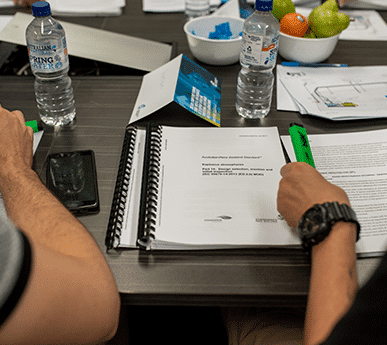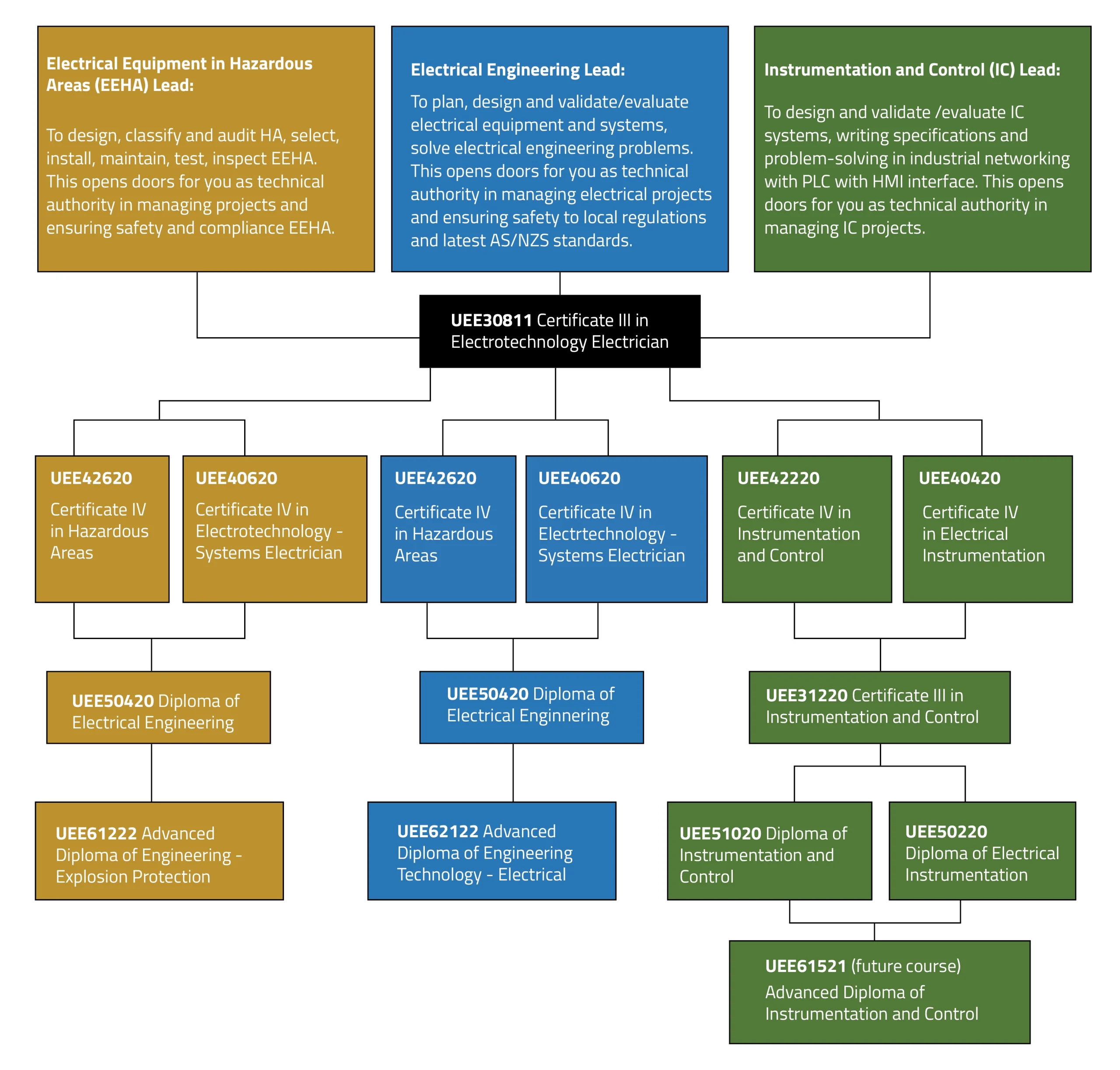Indicators on Roar Solutions You Should Know
Indicators on Roar Solutions You Should Know
Blog Article
How Roar Solutions can Save You Time, Stress, and Money.
Table of ContentsRoar Solutions for DummiesRoar Solutions Things To Know Before You Get ThisThe smart Trick of Roar Solutions That Nobody is Talking About
In order to secure installations from a prospective surge a technique of evaluating and classifying a potentially dangerous area is called for. The function of this is to ensure the correct option and setup of tools to eventually prevent a surge and to guarantee safety and security of life.
(https://urlscan.io/result/8b06a2f1-9edb-4076-8512-31003b1bcc3a/)
No devices must be mounted where the surface temperature of the equipment is higher than the ignition temperature level of the given hazard. Below are some typical dust unsafe and their minimal ignition temperature level. Coal Dirt 380C 225C Polythene 420C (thaws) Methyl Cellulose 420C 320C Starch 460C 435C Flour 490C 340C Sugar 490C 460C Grain Dirt 510C 300C Phenolic Material 530C > 450C Aluminium 590C > 450C PVC 700C > 450C Residue 810C 570C The chance of the danger being existing in a focus high sufficient to trigger an ignition will certainly vary from place to place.
In order to identify this threat an installment is divided into locations of threat relying on the quantity of time the harmful is existing. These areas are referred to as Areas. For gases and vapours and dirts and fibers there are 3 areas. Area 0 Area 20 A dangerous ambience is highly most likely to be existing and may be present for extended periods of time (> 1000 hours each year) or also continuously Area 1 Zone 21 A dangerous atmosphere is possible however not likely to be present for extended periods of time (> 10 450 C [842 F] A category of T6 means the minimal ignition temperature is > 85 C [185 F] Unsafe location electric tools maybe designed for use in higher ambient temperatures. This would indicated on the score plate e.g. EExe II C T3 Ta + 60C( This implies at 60C ambient T3 will not be gone beyond) T1 T1, T2, T3, T4, T5, T6 T2 T2, T3, T4, T5, T6 T3 T3, T4, T5, T6 T4 T4, T5, T6 T5 T5, T6 T6 T6 A T Class ranking of T1 means the maximum surface area temperature level generated by the instrument at 40 C is 450 C. Presuming the linked T Course and Temperature ranking for the equipment are suitable for the location, you can always use an instrument with a more stringent Department ranking than needed for the location. There isn't a clear response to this concern. It really does depend on the kind of devices and what repair work require to be accomplished. Tools with particular test treatments that can't be executed in the area in order to achieve/maintain 3rd party ranking. Need to come back to the manufacturing facility if it is before the tools's solution. Field Repair Service By Authorised Personnel: Challenging testing may not be needed nonetheless certain treatments might need to be adhered to in order for the equipment to preserve its third celebration rating. Authorized employees must be used to do the work appropriately Fixing must be a like for like substitute. New element have to be thought about as a straight replacement calling for no unique screening of the tools after the repair service is complete. Each piece of equipment with a hazardous ranking need to be evaluated independently. These are detailed at a high degree listed below, however, for even more detailed information, please refer directly to the guidelines.
Roar Solutions Fundamentals Explained
The tools register is an extensive data source of next tools records that consists of a minimum set of fields to determine each product's place, technical parameters, Ex lover classification, age, and environmental data. The ratio of In-depth to Close evaluations will certainly be figured out by the Equipment Danger, which is examined based on ignition threat (the chance of a source of ignition versus the likelihood of a combustible environment )and the unsafe location category
( Zone 0Area 1, or 2). Applying a robust Risk-Based Examination( RBI )method is essential for ensuring conformity and safety and security in handling Electrical Tools in Hazardous Locations( EEHA).
The Main Principles Of Roar Solutions

In terms of explosive threat, an unsafe location is a setting in which an explosive ambience is existing (or may be anticipated to be present) in quantities that require special safety measures for the building and construction, installation and use tools. high voltage courses. In this write-up we check out the obstacles faced in the office, the threat control actions, and the needed expertises to function securely
It is a consequence of modern life that we make, store or manage a series of gases or fluids that are regarded flammable, and an array of dusts that are regarded flammable. These compounds can, in certain conditions, develop eruptive atmospheres and these can have major and unfortunate effects. A lot of us are acquainted with the fire triangle remove any kind of one of the 3 aspects and the fire can not happen, yet what does this mean in the context of hazardous areas? When breaking this down right into its simplest terms it is essentially: a mix of a particular amount of launch or leak of a particular substance or product, combining with ambient oxygen, and the existence of a source of ignition.
In the majority of instances, we can do little concerning the degrees of oxygen airborne, yet we can have substantial impact on resources of ignition, as an example electric devices. Harmful locations are recorded on the harmful area category illustration and are determined on-site by the triangular "EX LOVER" indication. Below, amongst various other essential information, zones are divided right into 3 types depending upon the danger, the chance and period that an eruptive environment will exist; Zone 0 or 20 is considered the most dangerous and Zone 2 or 22 is deemed the least.
Report this page